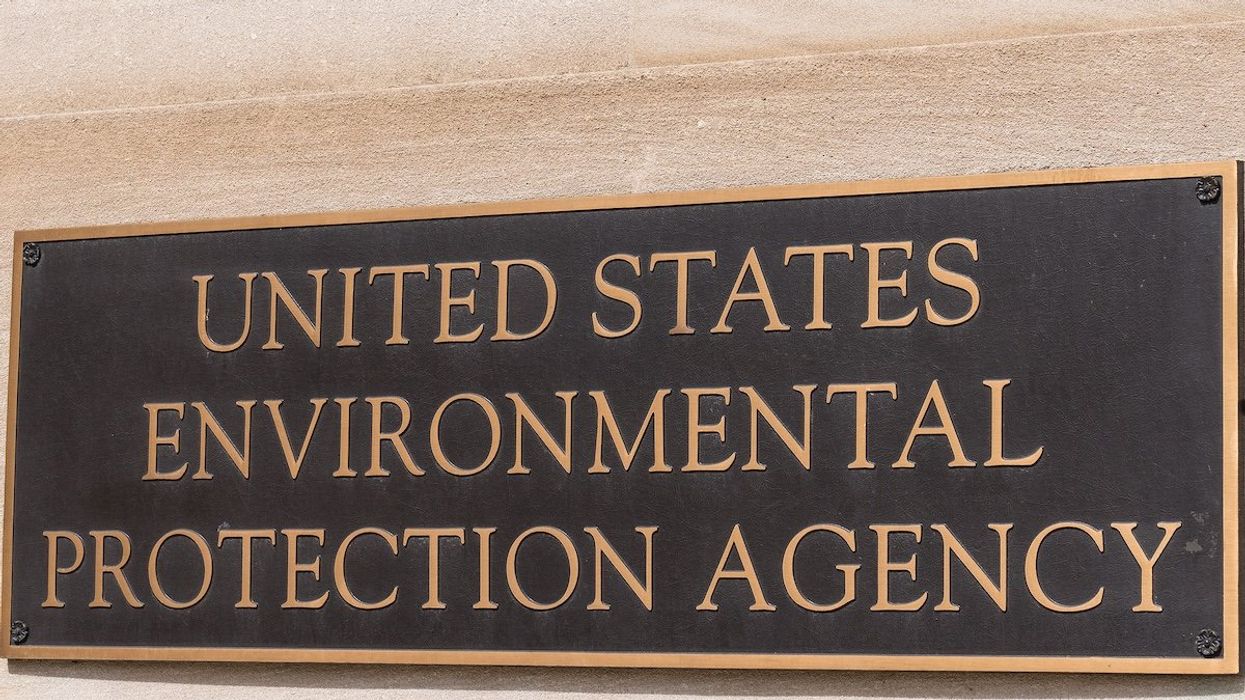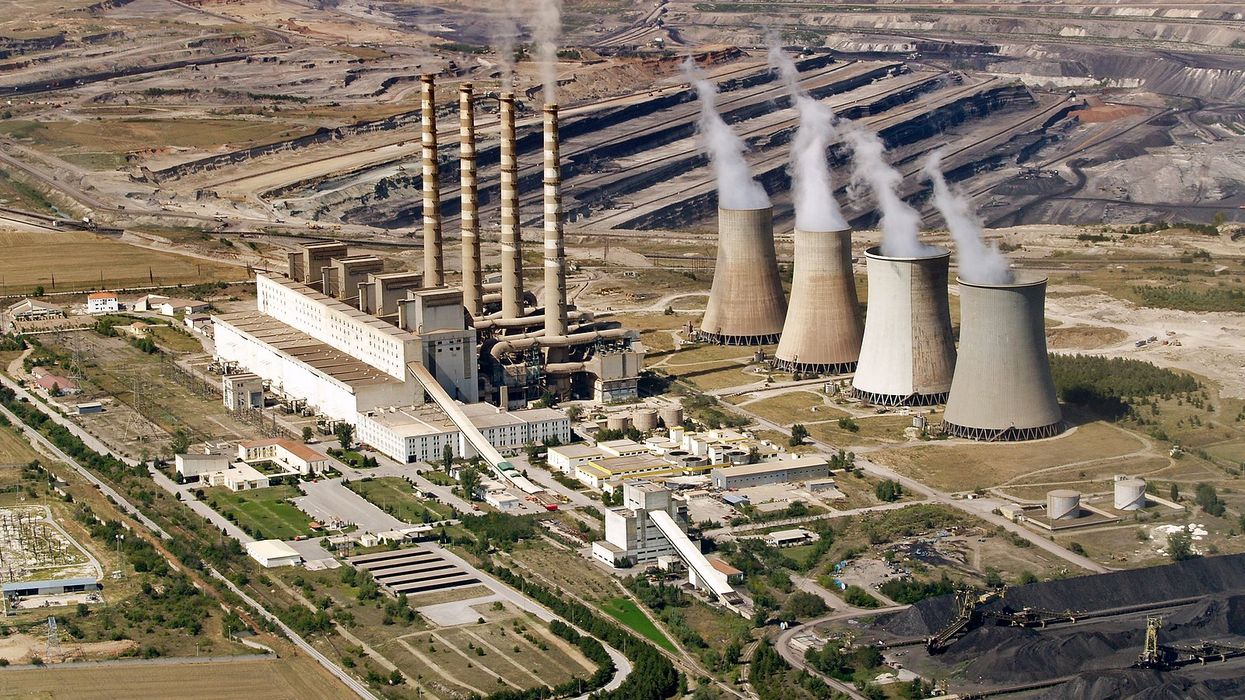Over $30 million spent by the EPA on cleaning a superfund site in Pensacola has not stopped the spread of dangerous pollutants, a watchdog report reveals.
Katie Surma reports for Inside Climate News.
In short:
- The EPA has not effectively blocked the use of contaminated wells nor prevented construction that might spread pollution in the 18-acre Superfund site.
- Contaminants like dioxin and benzene remain in the groundwater and soil, posing significant health risks.
- Despite massive spending, poor oversight and inadequate information sharing have hampered efforts to contain the site's contamination.
Why this matters:
The mismanagement of Superfund sites can occur due to various factors such as insufficient funding, underestimation of contamination and logistical or technical challenges. In such cases, containment measures might fail, allowing contaminants like dioxin and benzene to leach into the groundwater and surrounding soil. This leaching is worsened by factors like rainfall and groundwater flow, which can spread contamination beyond the original site boundaries.














